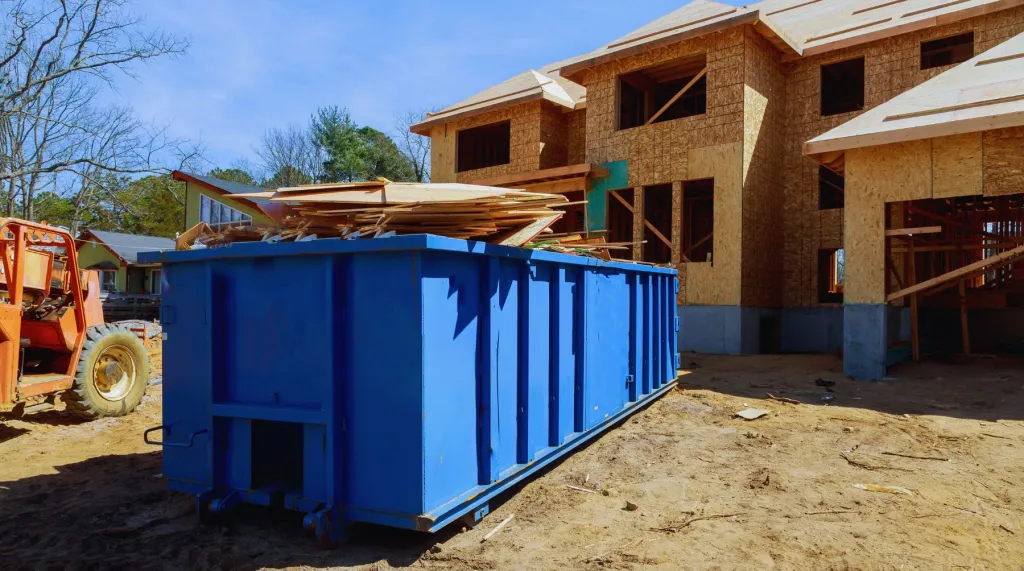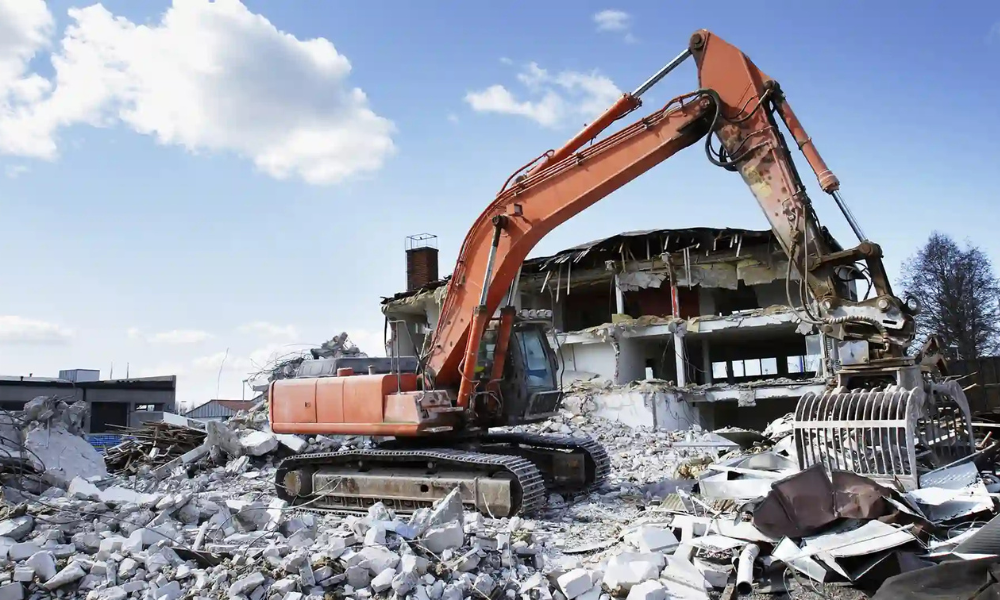Estimated reading time: 5 minutes
Last updated on August 26th, 2025 at 03:46 am
Demolition isn’t just about smashing things down—it’s a carefully planned operation that requires precision, safety, and efficiency. Whether I’m clearing the way for a new development or safely bringing down an aging structure, every step in the process matters. From the first permit to the final cleanup, proper demolition ensures a smooth transition from old to new.
In this guide, I’ll take you through the step-by-step demolition process, breaking it down into clear, actionable phases. Here’s what you’ll learn:
How I assess a structure before demolition
The importance of permits and safety regulations
Different demolition methods and their uses
How materials are salvaged, recycled, or disposed of
What happens after the dust settles
Let’s dive in.
Step 1: Planning and Pre-Demolition Assessment
Before a single wall comes down, planning takes center stage. Rushing into a demolition without preparation is like trying to cook a five-course meal without a recipe—things can go very wrong, very fast.
Site Assessment
I always start with a thorough evaluation of the structure. This means checking for:
Structural integrity (Is the building stable enough for a controlled takedown?)
Hazardous materials (Think asbestos, lead-based paint, or mold)
Proximity to other buildings (Will the neighbors still like me after this?)
Permits and Regulations
No matter how eager I am to get started, I can’t swing a wrecking ball without the right permits. Local authorities require detailed plans that include:
Environmental impact assessments
Waste disposal strategies
Safety measures for workers and the public
For more on navigating permits and choosing the right team for the job, check out this guide on hiring a demolition company.
Utility Disconnection
A quick way to turn a demolition into a disaster? Forgetting to disconnect utilities. Electricity, gas, and water must be shut off before work begins. No one wants an unexpected fire or flood in the middle of a teardown.
Step 2: Salvaging and Material Recovery

Not everything needs to go to waste. I always take a moment to salvage reusable materials, which helps reduce costs and environmental impact.
What Gets Saved?
Doors, windows, and fixtures – Perfect for reuse or resale
Wood and metal – Can often be recycled
Bricks and concrete – Crushed for roadbeds or new construction
Sustainable demolition is more than just a trend—it’s the responsible way to work. If you’re interested in green practices, check out this article on eco-friendly demolition.
Step 3: The Demolition Process
Now for the part most people think of when they hear “demolition”—bringing the building down. There are different ways to do this, and the method I choose depends on the project.
Mechanical Demolition
The most common approach, using:
Excavators
Bulldozers
Wrecking balls (yes, just like in the movies)
Best for: Houses, mid-sized buildings, and general demolition work.
Implosion
Used for large commercial buildings where the structure is carefully pre-weakened and brought down with explosives. Think of those viral videos where a skyscraper collapses straight down—that’s an implosion done right.
Curious about how commercial demolitions work? Check out this article on commercial demolition projects.
Deconstruction
A more labor-intensive but sustainable method where buildings are carefully taken apart piece by piece. The goal? Maximize salvageable materials.
Step 4: Debris Removal and Waste Management

Demolition isn’t finished until the site is clear. I don’t just knock things down—I make sure the mess is cleaned up properly.
Sorting and Recycling
Concrete and brick → Crushed for reuse
Metal → Recycled into new products
Wood → Repurposed or turned into mulch
A good demolition job isn’t just about tearing down—it’s about managing waste responsibly. For a deeper look at demolition costs (including disposal fees), check out this cost breakdown guide.
Step 5: Site Cleanup and Post-Demolition Preparation
Once the debris is hauled away, I focus on preparing the land for whatever comes next—whether it’s new construction, landscaping, or another project.
Final Steps Include:
Land grading – Smoothing out the surface for future use
Soil testing – Ensuring no contaminants remain
Final inspections – Verifying all safety standards are met
If the site is being prepped for renovation rather than new construction, proper groundwork is key. I cover this in my guide on demolition site preparation.
Final Thoughts
Demolition isn’t just about destruction—it’s about making way for something better. Whether it’s a new home, a commercial project, or just clearing out an unsafe structure, every step must be handled with care.
From careful planning to responsible waste disposal, I take pride in delivering safe, efficient, and environmentally conscious demolition services. If you’re considering a demolition project, whether big or small, choosing the right team makes all the difference.
Need help deciding between DIY demolition and hiring professionals? Check out this breakdown to see what works best for you.Got questions? Drop them in the comments or reach out—I’m always happy to share insights from the field!



